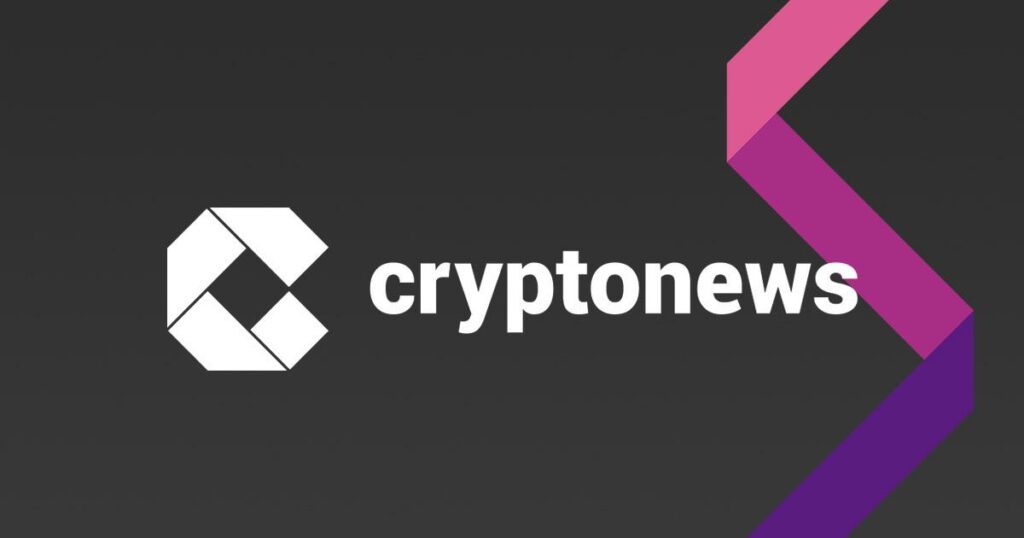Crypto-Assets and Financial Stability: The Bank of Italy’s Call for Caution
The Bank of Italy has cautioned that deeper integration between crypto-assets and traditional finance could transfer cost shocks to the broader economy. Governor Fabio Panetta has advocated for Europe’s MiCA regulation and stricter oversight of stablecoins to protect payments, data, and financial sovereignty.
The Bank of Italy on Friday sounded a clear warning about the deepening connections between crypto-assets and the traditional financial system, highlighting the risks crypto may pose to monetary stability. Governor Fabio Panetta emphasized the urgent need for a coordinated regulatory framework for digital assets, especially as they become more intertwined with mainstream finance.
A Risky Integration with Traditional Finance
Governor Panetta noted the increasing partnerships between crypto companies and financial intermediaries. With more large U.S. companies holding significant Bitcoin reserves on their balance sheets and the rise of Bitcoin exchange-traded funds, crypto is becoming more embedded in conventional markets. Panetta cautioned that this overlap carries serious risks as cryptocurrencies lack intrinsic value and can experience drastic price fluctuations. Trading on lightly regulated platforms, these assets could trigger shocks throughout the broader financial system.
Stablecoins and Systemic Risks
Panetta also highlighted the emergence of stablecoins, digital assets designed to maintain value relative to fiat currencies. Despite aiming for price stability, concerns persist over their viability as a payment tool in the absence of strong regulation. Issues regarding issuer reliability and collateral backing raise regulatory and consumer apprehensions. The Governor warned that if major global tech firms adopt stablecoins for cross-platform payments, they could establish influential, systemically important networks beyond national regulatory control, potentially undermining government currency authority and jeopardizing individuals’ data security.
Moreover, the anonymity inherent in many crypto-assets makes them attractive to malicious actors for money laundering, illicit trading, and circumventing international sanctions.
MiCA: Strengthening Regulations for Safer Crypto Markets
Emphasizing regulatory advancements in Europe, Governor Panetta praised the Crypto-Assets Regulation (MiCA) as a step towards a more secure and transparent digital asset market. MiCA introduces clearer regulations to protect consumers and promote the orderly growth of crypto markets. The regulation classifies different stablecoins, granting payment credibility solely to those backed by a single official currency, known as electronic money tokens (EMTs). According to Panetta, only these EMTs offer adequate safeguards to qualify as a reliable payment method under the new framework.
Italy’s Central Bank Engages with Crypto Firms
Italy’s central bank and securities regulator have actively engaged with crypto entities to ensure robust financial and cybersecurity measures.


